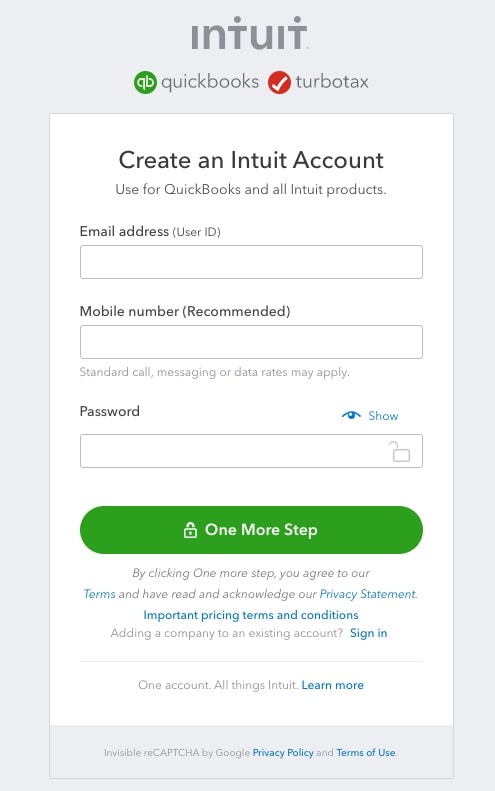Turn on suggestions
Auto-suggest helps you quickly narrow down your search results by suggesting possible matches as you type.
Showing results for
Hoping someone can help as I cant work this out.
I have a client who pays HMRC monthly a payment on account. These monthly payments are entered as an expense to taxes prepaid, under prepayments.
My question is how do i move these payments from prepayments to the Vat quarter it needs to be allocated against. I dont want to just delete them and re-enter them in the taxes record payment if there is another way.
I have tried to journal them to the correct tax account but it doesnt allocate correctly and the vat balance still shows that same amount as owing.
I comprehend dealing with VAT adjustments can be challenging, especially when the numbers aren't lining up as expected. I’m here to help you navigate this process and ensure we address every detail, Courtney.
Using the Journal Entry feature in QuickBooks is a practical way to move monthly payments into the corresponding VAT quarter without the need to delete and re-enter them. This method allows you to reclassify prepayments from the expense account to the correct VAT liability account for each quarter, ensuring your VAT balances remain accurate.
However, if you’ve already attempted to journal the entries to the correct tax account and the VAT balance still shows as owing, we can explore this further together. Here are some specific areas we should focus on:

Nevertheless, since VAT can be complex and discrepancies can have several ramifications, you might benefit from consulting a professional accountant or a tax professional specializing in VAT. They can offer a more thorough review and provide specific advice tailored to your situation.
Additionally, to help you manage VAT in QuickBooks, here are some helpful articles:
Accurate VAT entry management is essential. By following these steps, you can effectively resolve any issues related to VAT allocation. Please keep me updated on your progress, and feel free to reach out if you have further questions. Wishing you successful financial adjustments.
So I tried again to do a journal from the taxes prepaid to the Vat suspense account as this should work.
It does to some extent as on chart of accounts, taxes prepaid shows the transfer and vat suspense is zero. The issue that remains is on the Vat screen as it still shows this amount as outstanding. I have found a work around and journalled it to a bank account and then recorded the payment through the Vat screen.
Unless you have any other ideas.
Let's work together to fix this VAT issue, Courtney.
To fix this, let's double-check the journal entry. Ensure the debit and credit accounts are correct. The debit should be in the appropriate VAT liability account. Then, confirm that the journal entry amount matches the outstanding VAT amount.
Also, ensure that the "Taxes Prepaid" account is correctly mapped to the relevant VAT code in QuickBooks Online. Incorrect mapping can lead to discrepancies.
If the issue persists, I suggest contacting our Customer Support Team. They have access to specialized tools and expertise to diagnose and resolve complex accounting issues. They can help you identify the root cause of the problem and provide tailored guidance.
Let me know if you have other questions or need additional help with your VAT. I want to ensure everything is taken care of for you.

You have clicked a link to a site outside of the QuickBooks or ProFile Communities. By clicking "Continue", you will leave the community and be taken to that site instead.
